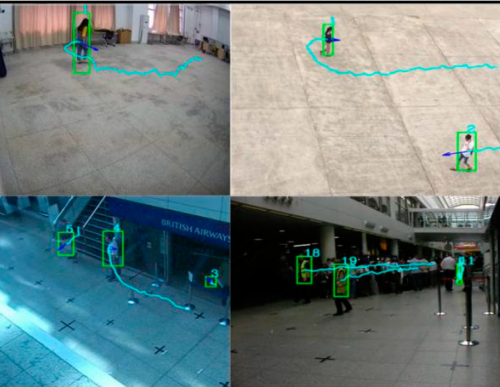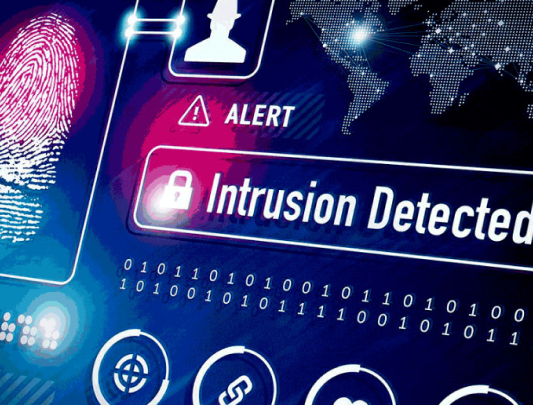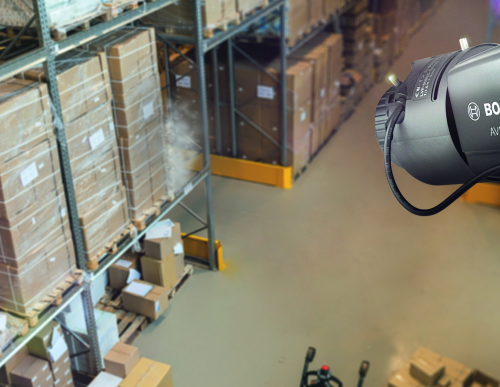
Detecting hazards and Intrusion in Restricted Areas
Explores technologies and strategies for ensuring the safety and security of restricted areas, highlighting the importance of detecting hazards and unauthorized intrusions.

Explores technologies and strategies for ensuring the safety and security of restricted areas, highlighting the importance of detecting hazards and unauthorized intrusions.
Equipped with night vision and thermal imaging, these cameras can detect movement and identify potential threats even in low-light conditions.
Motion detectors, infrared sensors, and pressure sensors provide real-time alerts on any suspicious activity.
Unmanned aerial vehicles (UAVs) can patrol large areas efficiently, offering a bird’s-eye view and accessing hard-to-reach spots.


Utilizing biometric scanners, keycards, and PIN codes, these systems ensure that only authorized personnel can enter restricted areas.
Electric fences, laser-based detection systems, and ground radar help in securing the boundaries of restricted areas.
AI-driven software analyzes patterns and behaviors to identify potential threats, minimizing false alarms and ensuring rapid response.
These sensors detect the presence of hazardous gases or chemicals, triggering alarms and automatic shut-off systems to prevent disasters.
Advanced fire detection systems use smoke detectors, heat sensors, and flame detectors to identify and respond to fire hazards promptly.
Sensors embedded in buildings and infrastructure monitor stress, vibration, and other indicators of potential structural failures.
